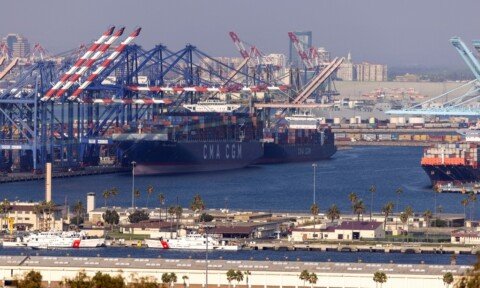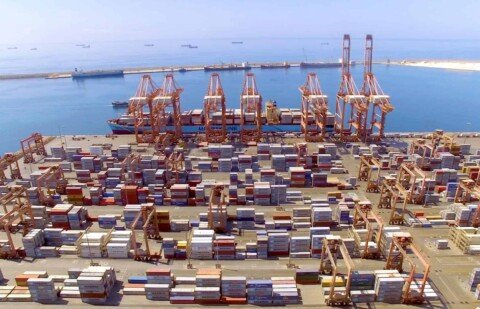According to an undercover survey by Container xChange, for the third year in a row, the percentage of top 50 freight forwarders accepting SOC requests grew from 6% in 2019, 10% in 2020 to 18% in 2021, a three-fold growth in awareness and acceptance of Shipper owned containers (shipping containers owned by the shippers). Though there is considerable improvement in demand for SOCs, the major forwarders are yet to fulfil the demand for the boxes on the route from China to Germany.
Florian Braun, Head of Ocean Freight, EMEA, Flexport says, “SOC increases reliability for empty container availability. The downside is that you need a dedicated team/person to manage these shipments.” He adds, “COVID caused a strong equipment imbalance, and therefore the need for empty equipment has increased. SOCs are a solution for this.”
“Forwarders are increasingly positive about SOCs but are also skeptical of the success of processes around them. The rise in awareness for SOCs shows that industry participants are responding to the supply-chain pressures by diversifying their sourcing strategy. We’ve observed a growing year-on-year acceptance for SOCs as well as demand to improve the management costs and efforts. We believe the solution lies in digitizing the process to enable forwarders with a seamless, hassle-free opportunity of using SOCs,” said Christian Roeloffs, Founder and CEO, Container xChange
During the month of December 2021, Container xChange put to a test the world’s 50 largest freight forwarders to investigate how they respond to SOC requests. We reached out once again to ship industrial machinery parts from Shanghai to Hamburg using SOC containers. Here is what the report findings show –
18% of the companies that were tested were able to organize the SOC move and source the containers without any restrictions. This figure of 18% compares to 10% of the companies in 2020, and 6% in 2019. Meaning that since last year, this number has grown by 80% and that over the last 2 years, it’s grown three-fold.
SOC acceptance and awareness has grown over the last three years. 90% of our respondents were clued up on the SOC market compared to 68% of respondents last year and 35% in 2019.
Hitachi Transport System was one of the most helpful freight forwarders, even offering us ‘reasonable’ pickup charges, bearing in mind the current climate. While last year the winners were Kuehne+Nagel, CEVA Logistics, Hitachi Transport Systems, Nippon Express and Kerry Logistics – in 2021 it was GEFCO, Hitachi (again), Yusen Logistics, Landstar, Mainfreight, Kintetsu World Express, FedEX, BDP International and Millenium Cargo.
This year, the lower cohorts outperform the top 10. The top 10 were already saturated with business, especially leading up to the festive season. Evidently, SOC is becoming more and more possible for a range of freight forwarders.
(Cohort 1 = Rank 1 – 10, Cohort 2 = Rank 11 – 20 etc.)
“COVID-19 has shown how necessary it is for logistics operators to be flexible, to be able to adapt to the waves of a volatile market. Due to the flexibility and availability of SOC equipment, the operator can work on new routes, and receive and release equipment for loading in regions convenient for them,” said Alexander Gnedov, CEO, Conway
“While we also load COC (Carrier Owned Container) containers, we have noticed a recent increase for SOC-related requests,” he added.
One of the recent surveys by xChange in January 2022 which canvasses 500 freight industry respondents also pointed towards one-fourth of the respondents considering making use of SOCs as one of their container sourcing strategies into the year 2022.







